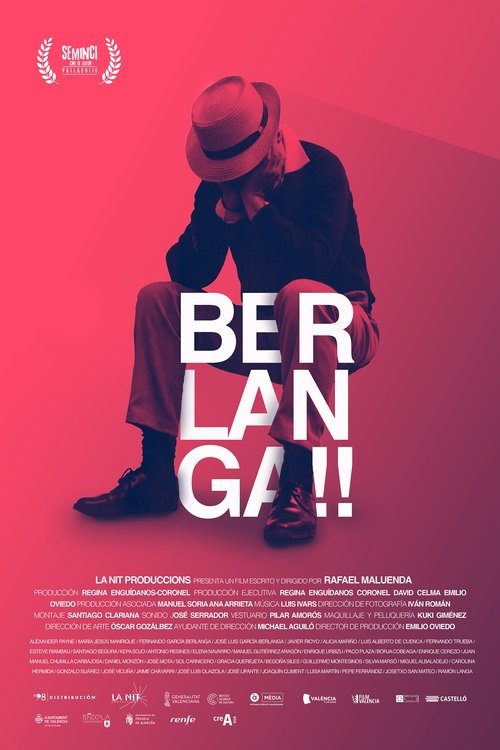Big Big Big (2019)
A couple decides to watch Big, a successful film released in 1988, starring Tom Hanks and directed by Penny Marshall, not once, but thirty times, sometimes accompanied by family and friends who come to their home to watch and discuss it.
Directors
Release Date
Nov 12, 2019
Runtime
01h 09m
Genre
Available in streaming on
For now, we have not found any platform that offers this movie in streaming...
A couple decides to watch Big, a successful film released in 1988, starring Tom Hanks and directed by Penny Marshall, not once, but thirty times, sometimes accompanied by family and friends who come to their home to watch and discuss it.
Movies like Big Big Big
7.8
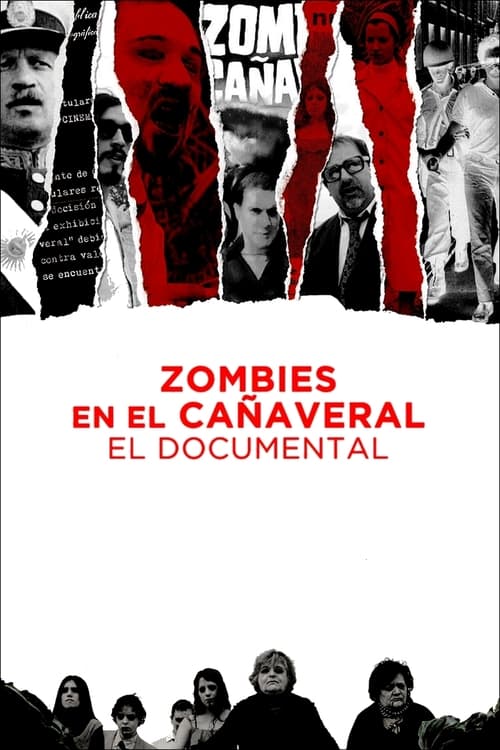
7.1

6.2


4.0
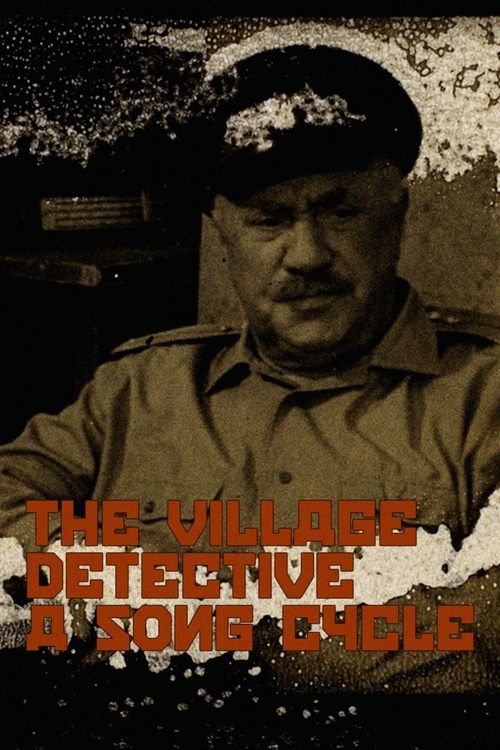
4.7

6.7
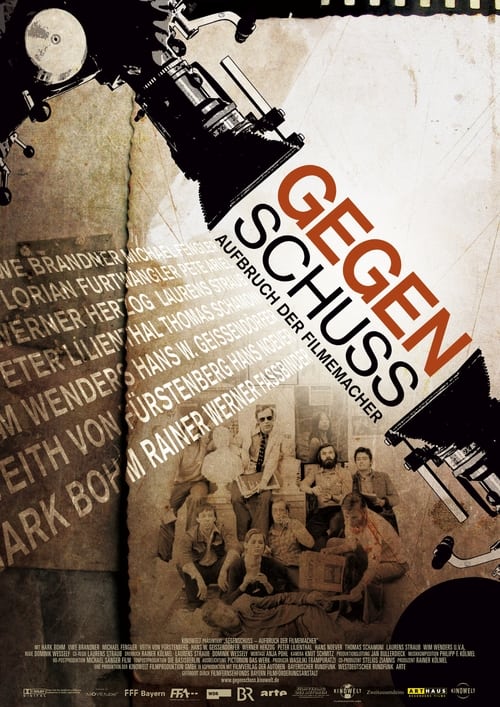
6.6
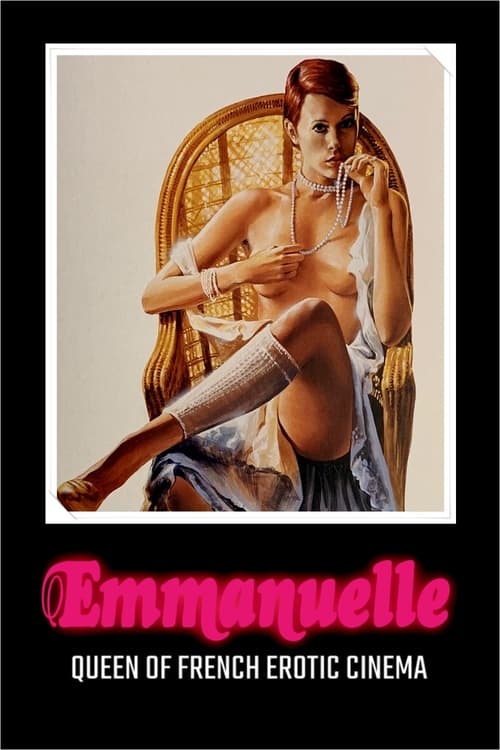
6.8

4.6

8.0
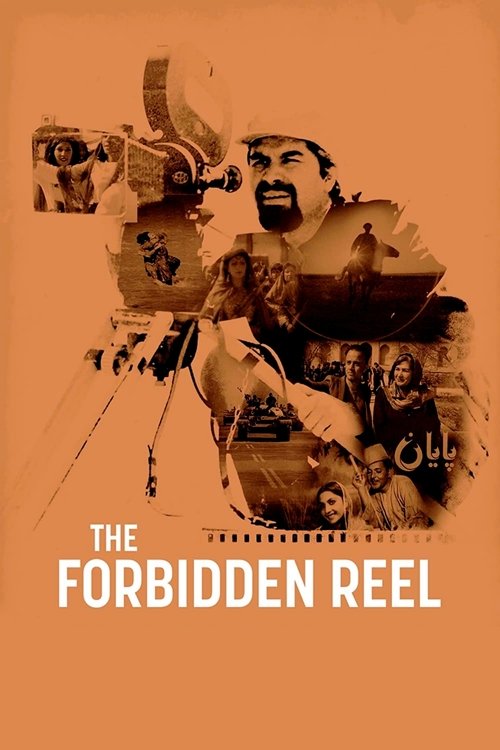
7.3

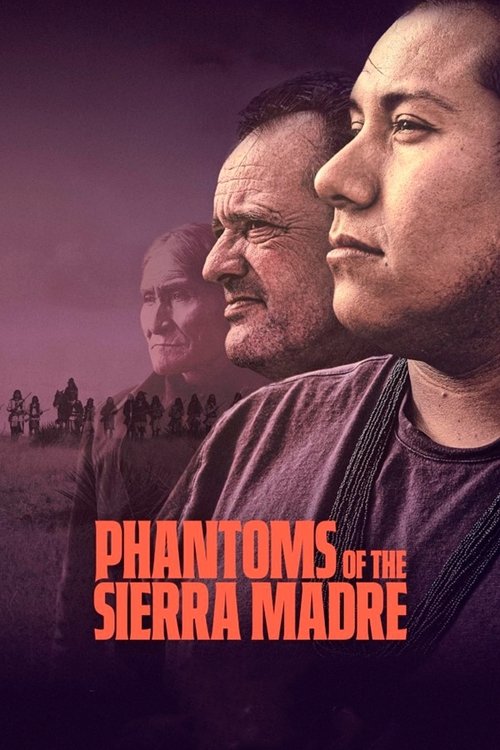
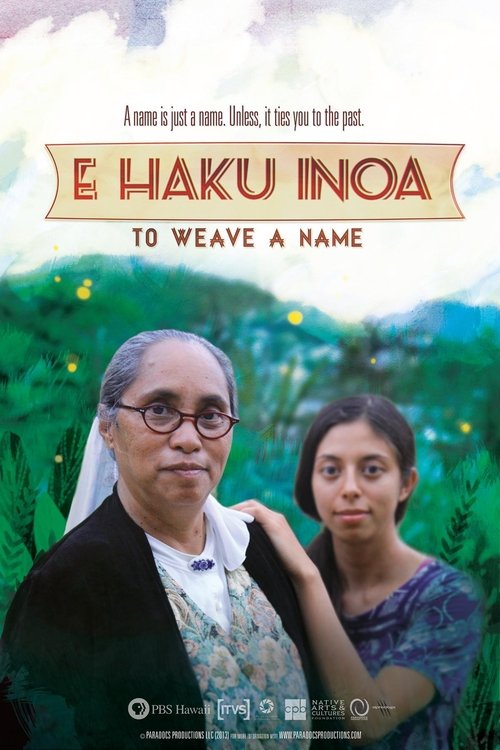
6.5
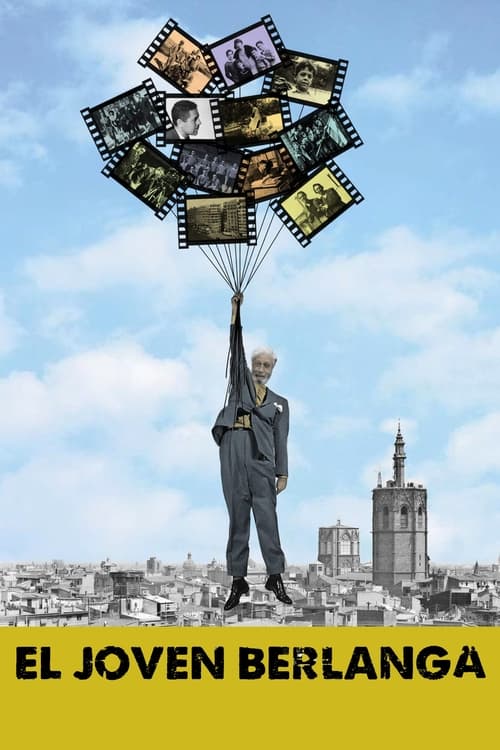
8.6
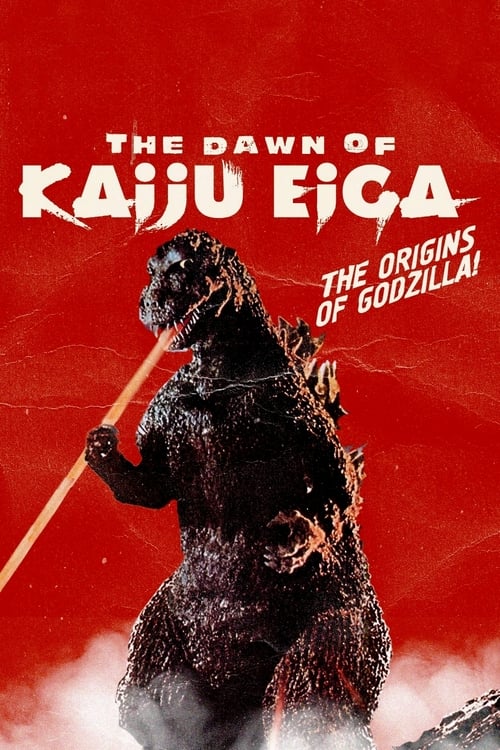
6.5

6.8

8.5
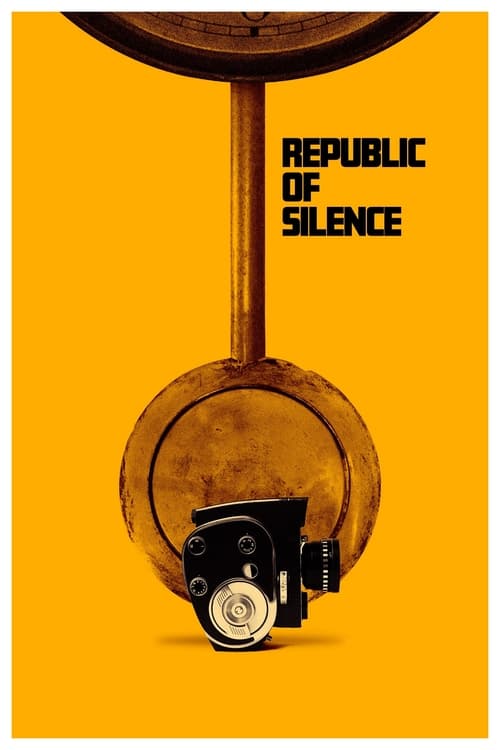
7.0

6.6
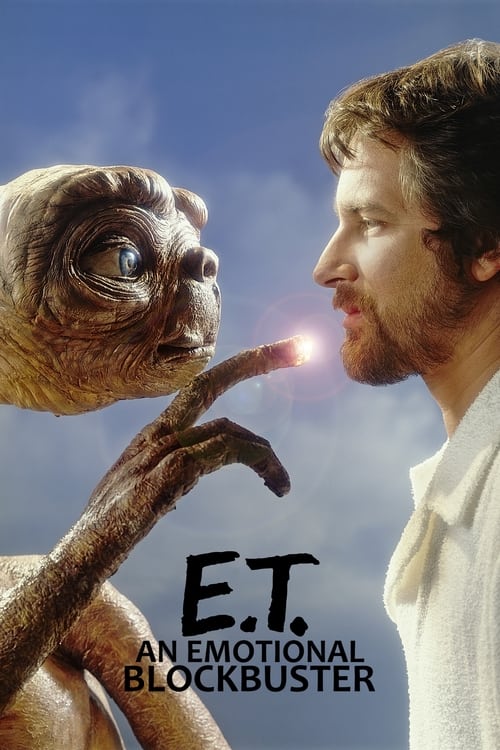
6.0

6.5

7.0
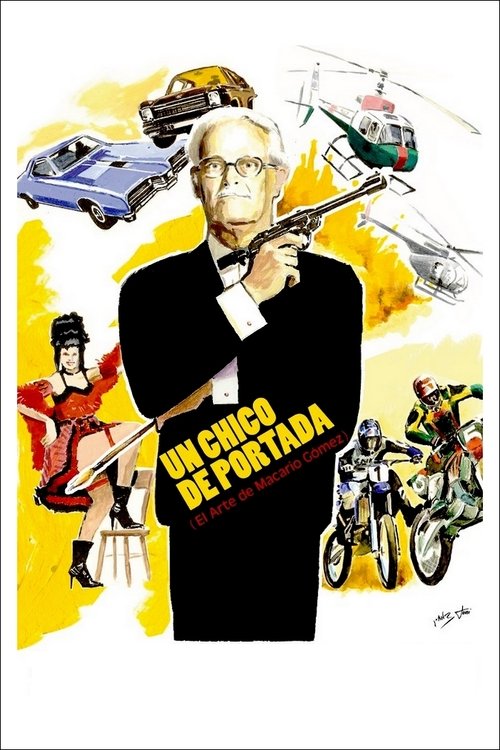
7.5

6.6
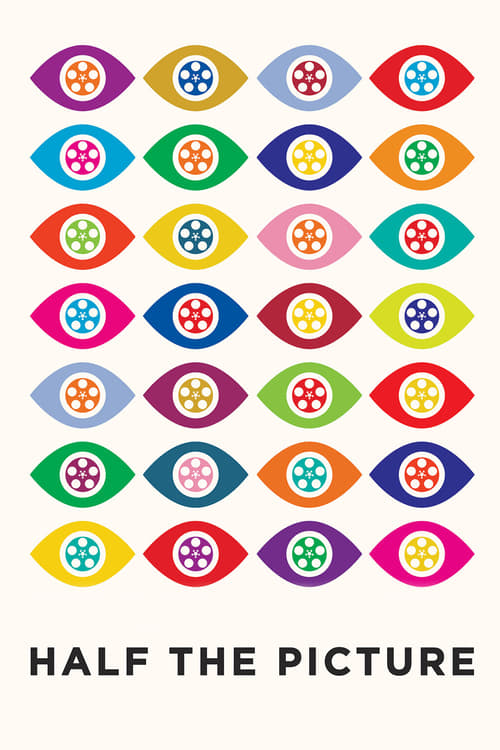
7.0

5.7

5.8
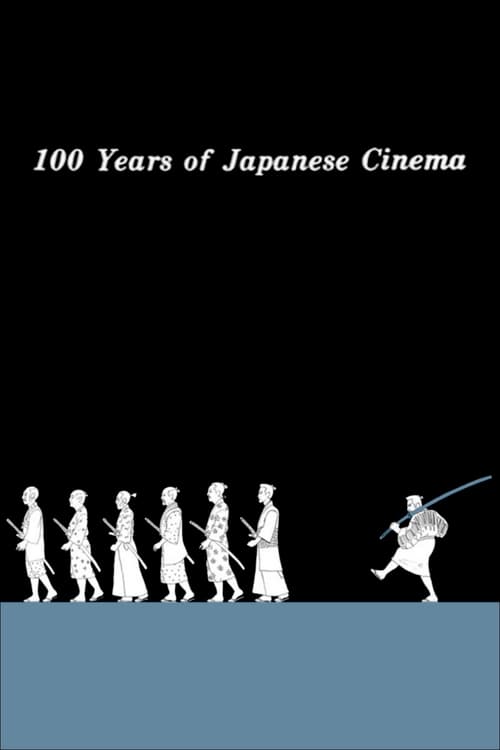
6.9
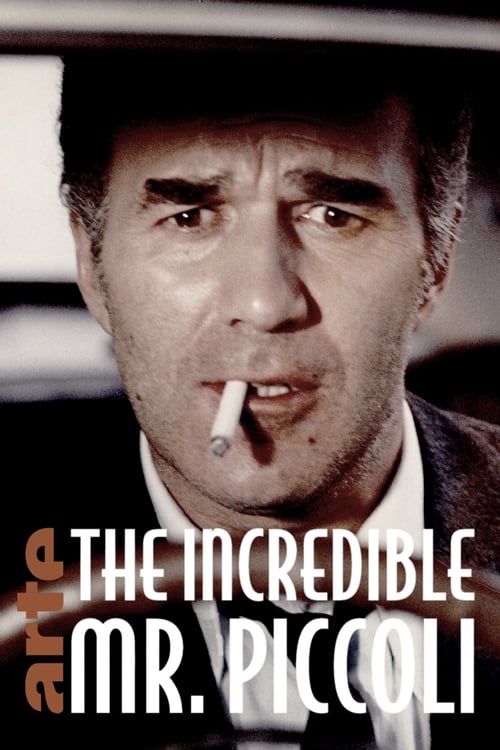
6.5
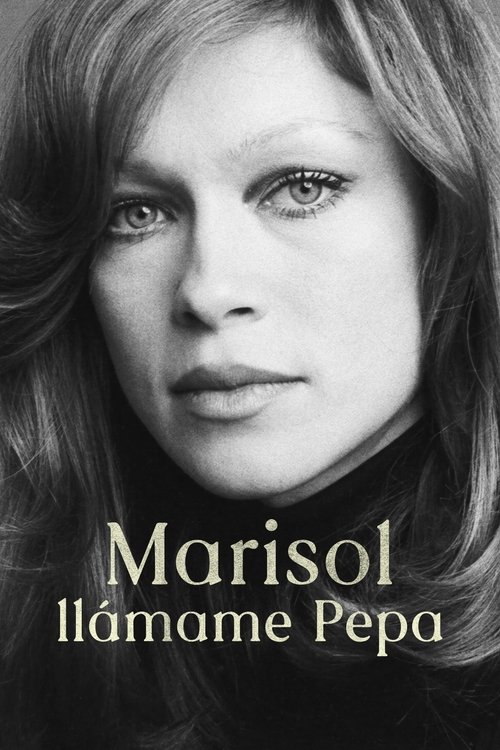
7.4
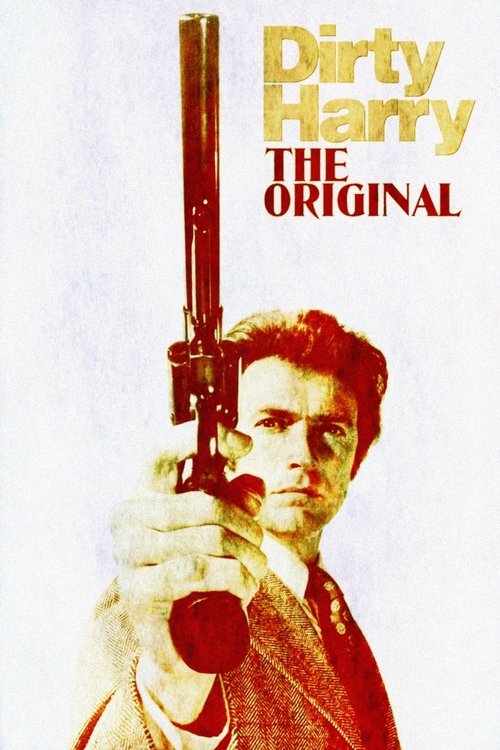
6.8
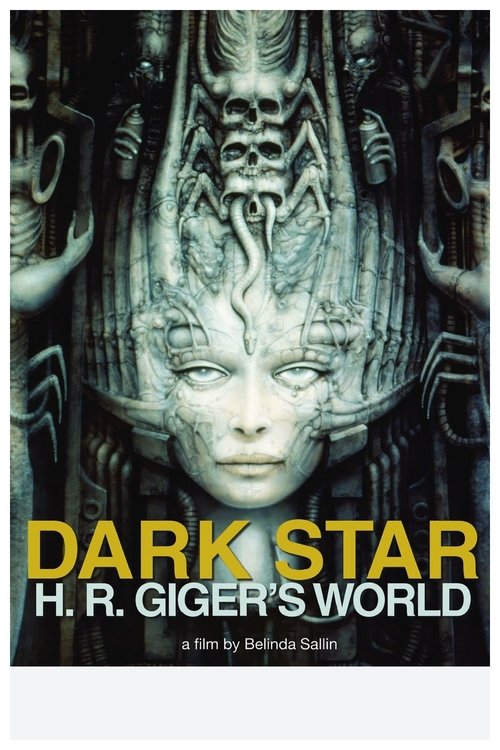
4.0

6.5
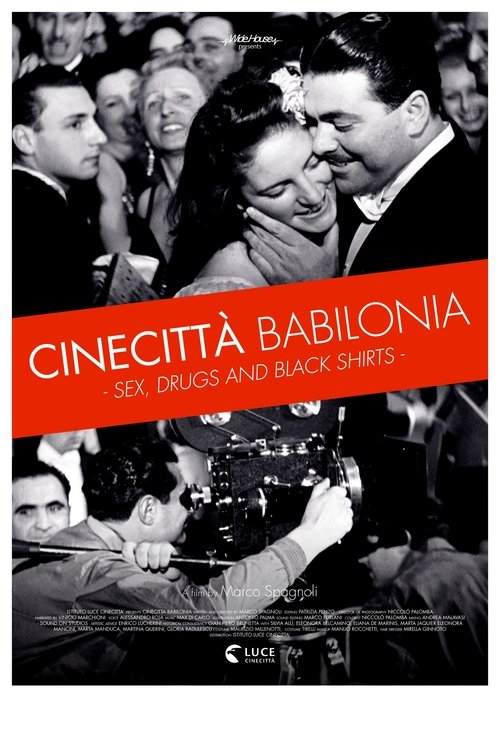
6.0

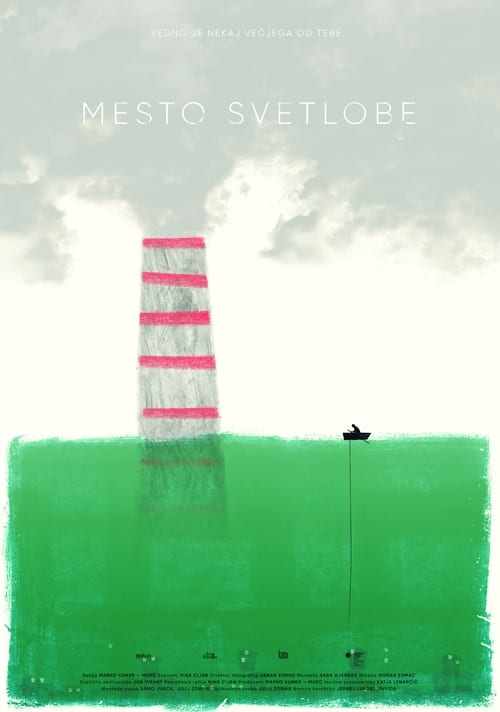
6.0

6.0

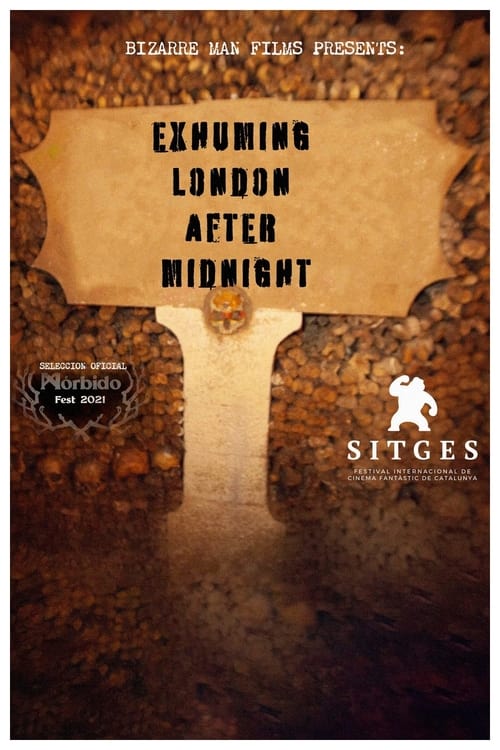
5.0
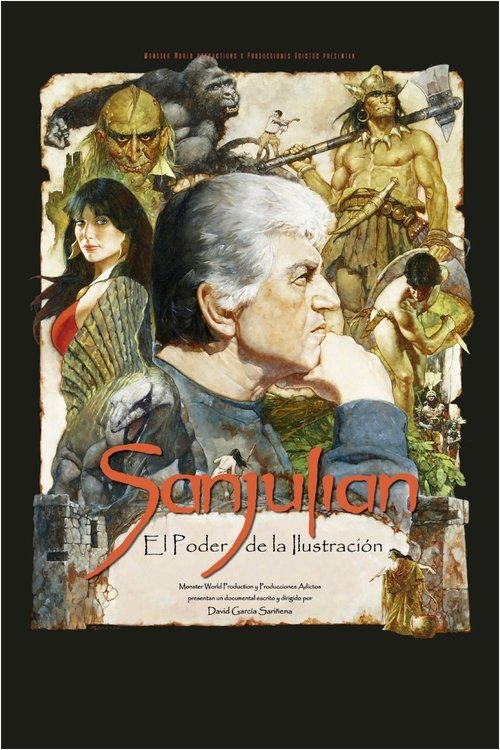
8.5
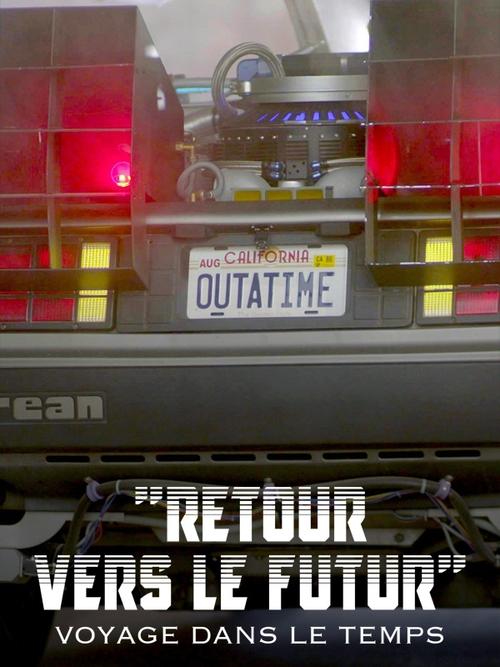
Retour vers le futur : Voyage dans le temps, American Dream & rock'n'roll
2022
Search similar movies
8.0
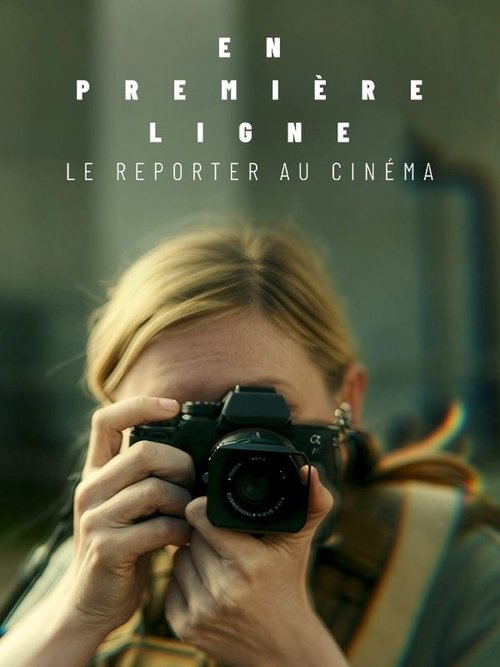
8.5
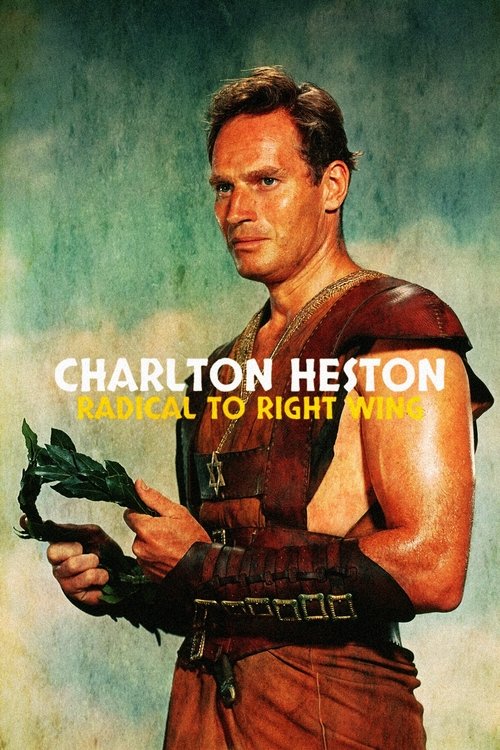
5.9

7.1

7.3
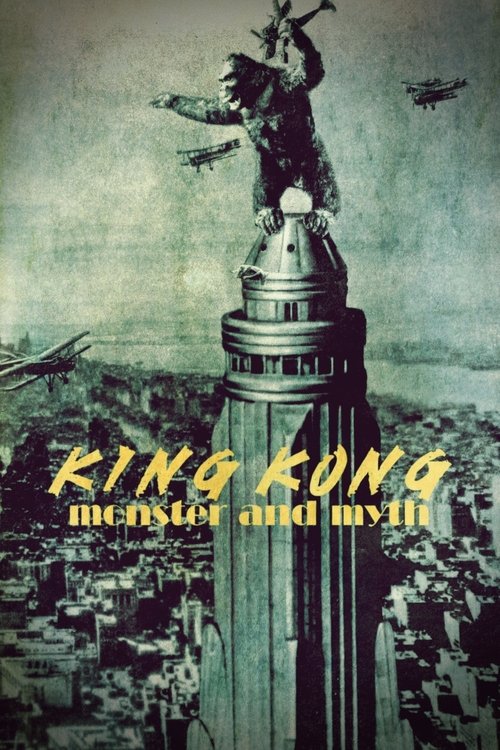
6.0

7.1
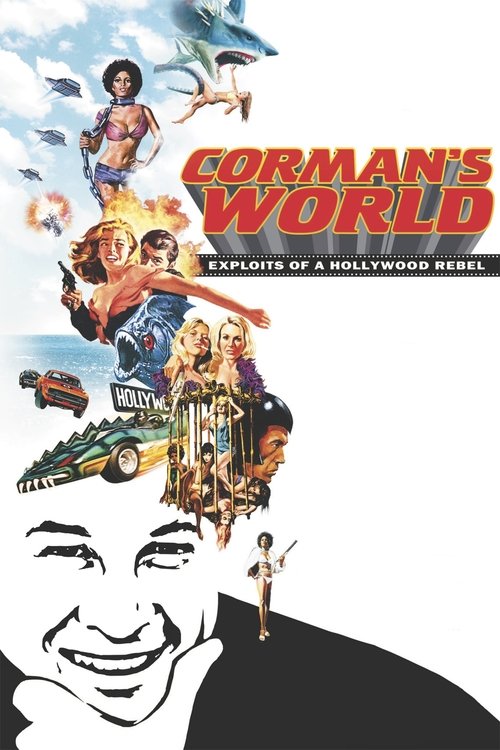
4.8

7.0
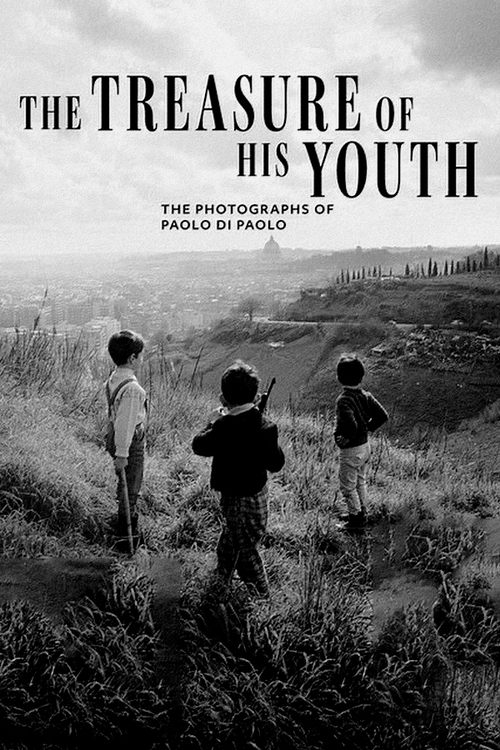
8.0
